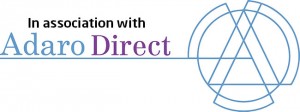This month most of our benchmarks, including total eye examinations, the sales volume of spectacles dispensed and total turnover, show a marginal improvement from September. However, with the exception of progressive lens sales, contact lens new fits and the value of solutions, the result are lower than last October.
As we have seen the total number of eye examinations decreasing year on year, for our sample of independent opticians, we thought it would be interesting to take a closer look at how this has affected the dispensing rate and how the different sized practices have performed. We are also introducing a new sponsor for Optician Index, Adaro Direct, which is not only part funding the trend analyses and benchmarking program for independent opticians but will also be providing some interesting sales data.
Register now to continue reading
Thank you for visiting Optician Online. Register now to access up to 10 news and opinion articles a month.
Register
Already have an account? Sign in here

